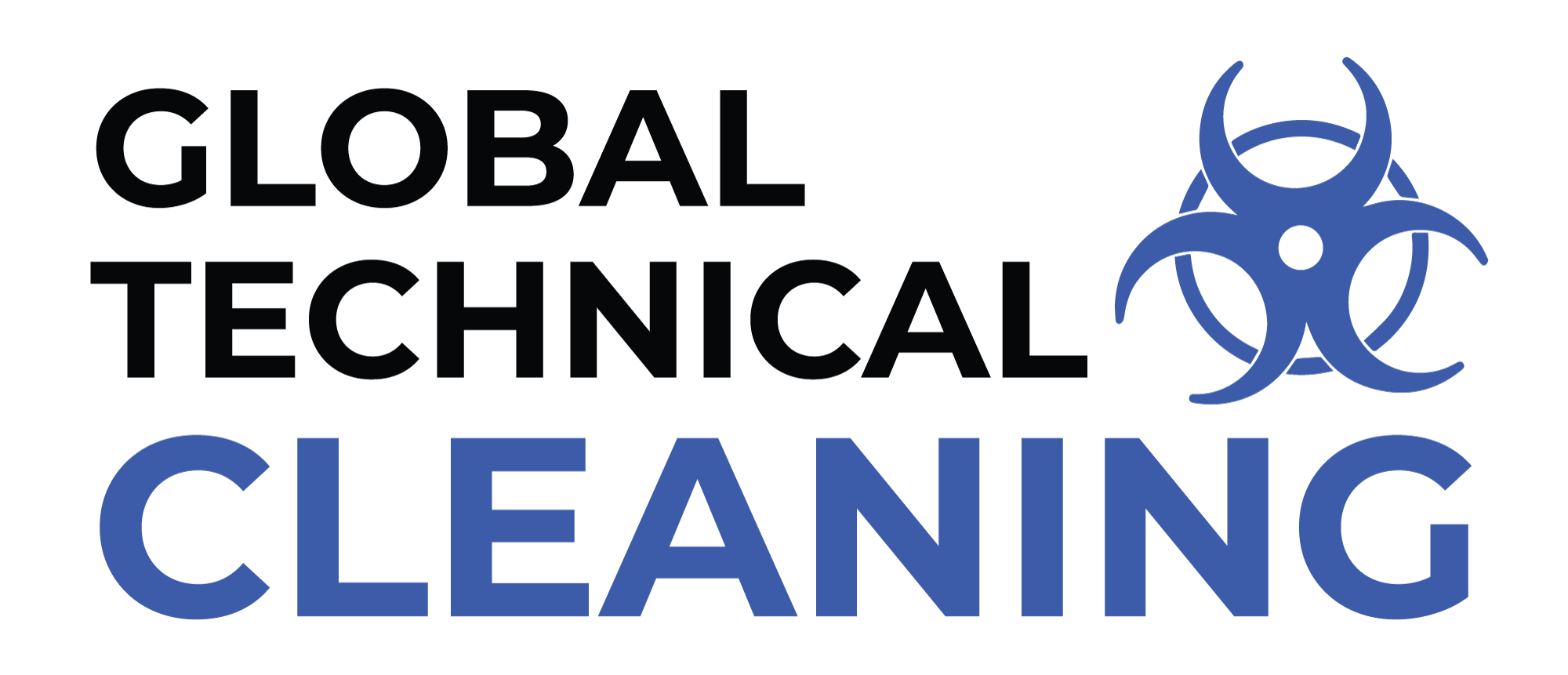Introduction
As industries continue to evolve, the handling of hazardous materials has become an essential aspect of ensuring workplace safety. HAZMAT cleaning services play a critical role in managing hazardous materials, including chemicals, biological agents, and other substances that pose risks to health and the environment. This comprehensive guide will explore HAZMAT cleaning services, the importance of chemical spill response, the necessity of industrial decontamination, and effective waste management practices.
What is HAZMAT Cleaning?
HAZMAT cleaning refers to the removal, containment, and decontamination of hazardous materials. These materials can include a wide range of substances, from industrial chemicals to biological agents. HAZMAT cleaning is vital in various settings, including industrial facilities, laboratories, and commercial establishments, where hazardous materials may be present.
The primary goal of HAZMAT cleaning is to ensure the safety of individuals working in these environments and to protect the surrounding community from potential hazards. Properly managed HAZMAT cleaning services minimize the risks associated with hazardous materials, preventing accidents and ensuring compliance with regulatory standards.
Chemical Spill Response
One of the most critical aspects of HAZMAT cleaning is the ability to respond quickly and effectively to chemical spills. Chemical spills can occur in various settings, including manufacturing plants, laboratories, and transportation incidents. A prompt and coordinated response is essential to minimize damage and protect public safety.
Here are the key steps involved in a chemical spill response:
- Assessment: The first step in responding to a chemical spill is assessing the situation. This includes identifying the type and quantity of the chemical involved, the potential hazards, and the immediate risks to individuals and the environment.
- Evacuation: If necessary, affected areas should be evacuated to ensure the safety of individuals. Emergency personnel should establish a perimeter to prevent unauthorized access.
- Containment: Trained HAZMAT teams work to contain the spill and prevent further contamination. This may involve using absorbent materials, barriers, or specialized containment equipment.
- Cleanup and Disposal: After containing the spill, HAZMAT teams safely clean up the affected area and properly dispose of any hazardous waste in accordance with local regulations. This step is critical to ensure that the area is safe for reoccupation.
- Reporting and Documentation: Following the cleanup, proper documentation and reporting are essential. This includes maintaining records of the incident, cleanup actions taken, and any potential environmental impacts.
Industrial Decontamination
Industrial facilities often deal with hazardous materials as part of their operations. This makes industrial decontamination services crucial for maintaining a safe working environment. Regular decontamination not only ensures compliance with safety regulations but also minimizes the risk of accidents and health issues.
The process of industrial decontamination typically involves the following steps:
- Site Assessment: A thorough assessment of the facility is conducted to identify areas that require decontamination and to determine the appropriate cleaning methods.
- Containment Measures: Before beginning the decontamination process, containment measures are put in place to prevent the spread of contaminants. This may involve isolating affected areas and using barriers to control access.
- Cleaning Procedures: Specialized cleaning techniques are employed to remove hazardous substances from surfaces and equipment. This may include pressure washing, chemical cleaning, and vacuuming to ensure a thorough clean.
- Final Inspection: Once the decontamination process is complete, a final inspection is conducted to ensure that the area meets safety standards and is free from contaminants.
Waste Management Practices
Proper waste management is a critical component of HAZMAT cleaning. The safe disposal of hazardous waste is necessary to protect public health and the environment. This includes understanding local, state, and federal regulations governing hazardous waste disposal.
Here are key practices for effective waste management in HAZMAT cleaning:
- Identification and Classification: Properly identifying and classifying hazardous waste is essential for compliance. This includes understanding the characteristics of the waste and determining its disposal requirements.
- Storage and Labeling: Hazardous waste should be stored in designated containers that are clearly labeled. This helps prevent accidental exposure and ensures that waste is handled correctly.
- Disposal Procedures: Following regulatory guidelines, hazardous waste must be disposed of in licensed facilities that specialize in handling and processing hazardous materials. This may include incineration, chemical treatment, or landfill disposal, depending on the type of waste.
- Documentation: Maintaining accurate records of waste management activities is essential for compliance and accountability. This includes tracking the disposal of hazardous waste and documenting any incidents or spills that occur.
